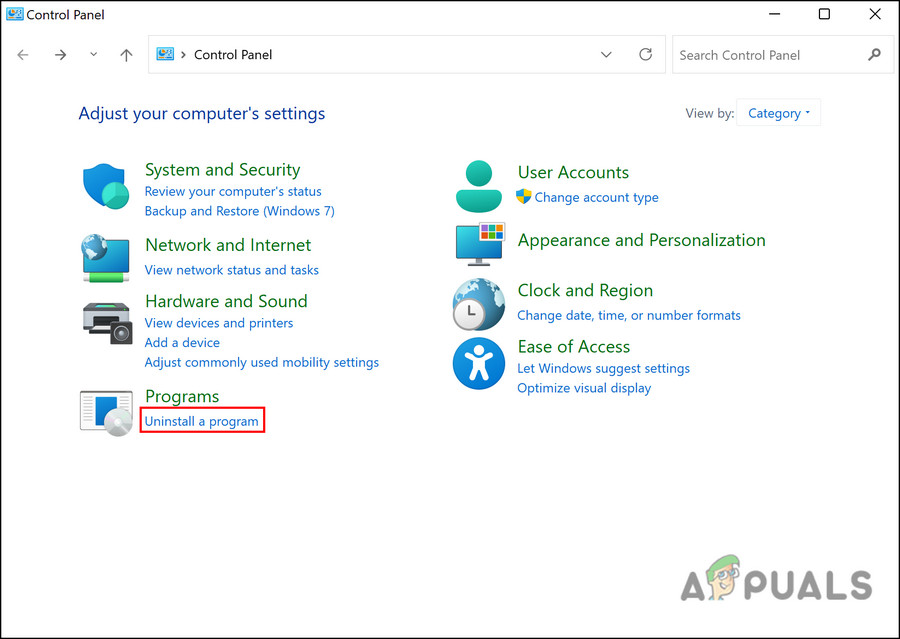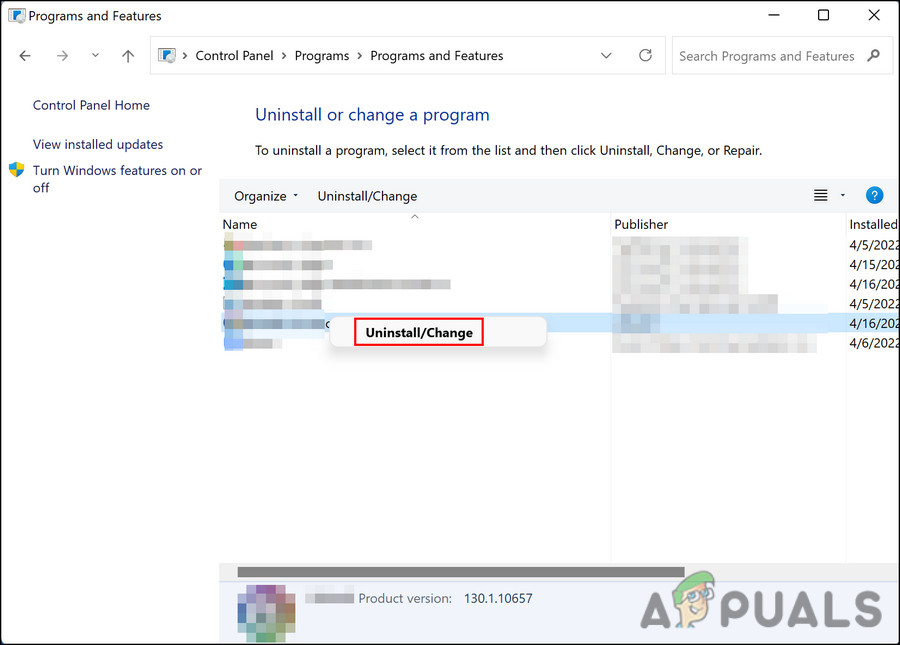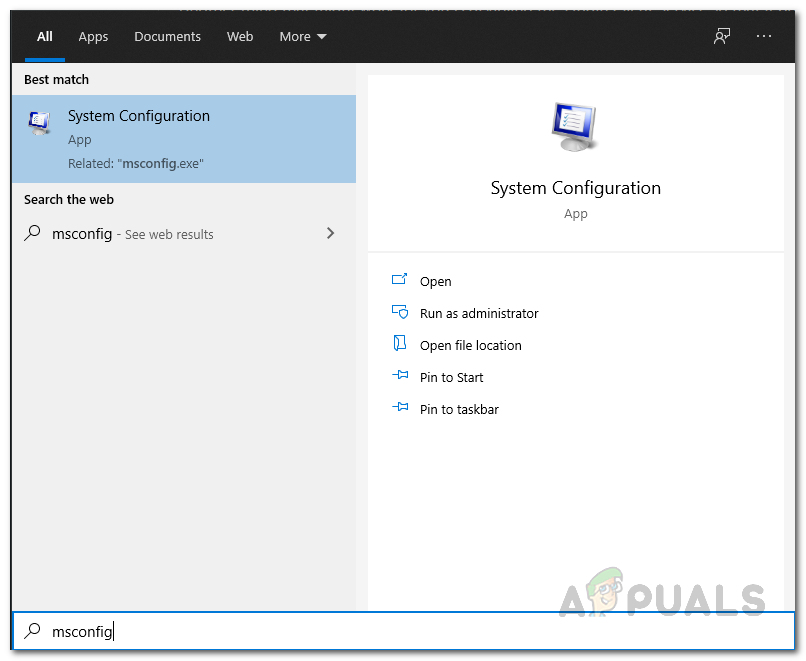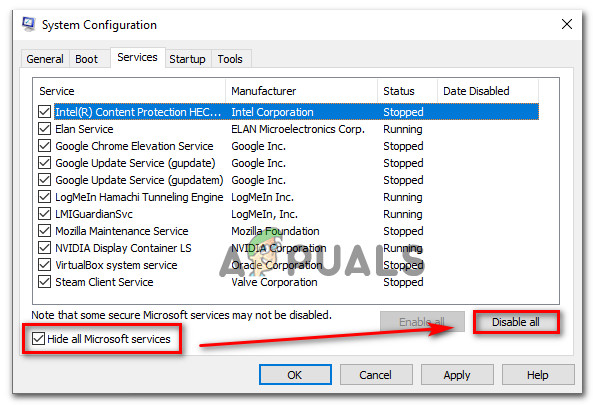In this guide, we will first briefly discuss the cnqmmain.exe process, and then walk you through the relevant troubleshooting methods that worked for other users. Proceed with the one that fits your situation the best.
What is cnqmmain.exe?
A legitimate cnqmmain.exe file is a software component of the Canon Quick Menu and is around 27.49 MB in size. This menu provides you access to the applications installed using the Canon products. The Cnqmmain.exe file is not a Windows component and performs only one task: running Canon Quick Menu as its core service. Since it isn’t an essential operating system process, you can safely remove it if you wish to. If you are unsure about the legitimacy of the cnqmmain.exe file, you can check the location of the file. It should be located in ‘C:\Program Files\canon\quick menu’. If you cannot locate it here, then you might want to check the file further for suspicious activities.
Perform a Disk Cleanup
If you are facing the cnqmmain.exe application error, the first thing that you should do is perform a disk cleanup. You can do so via the Disk Cleanup utility in Windows, which is a built-in program specifically designed to remove the unnecessary programs from your hard drive and improve the efficiency of your system. Here is how you can perform a disk cleanup:
Run SFC and DISM Commands
You are likely to face the cnqmmain.exe application error if a bug or a generic corruption error has infected your system. This can happen due to several different reasons, and the best way to move forward in this scenario is by running some built-in troubleshooting utilities within your operating system. In this method, we will be using the System File Checker (SFC) and Deployment Image Servicing and Management (DISM) utility. SFC (System File Checker) is specifically designed to scan and repair Windows system files. It scans your computer for problematic files and automatically replaces a corrupt or modified file with its healthy version if it detects a problem. In terms of power, DISM (Deployment Image Servicing and Management) is the most versatile of most of the diagnostic tools. The DISM tool finds and fixes corrupt files on the Windows system image by looking at the component store. In the event that you are experiencing frequent black/blue screen errors, crashes, or errors like the one at hand, running the DISM tool is a good way to proceed. DISM fixes core computer file corruption and even makes SFC work properly.
Uninstall Faulty Programs
In case you start facing the error after installing a certain application, then there is a high chance that the application you installed is corrupt or faulty. The solution, in this case, is simple, as all that you need to do is uninstall the application via Control Panel. Follow the steps mentioned below to do so:
Use System Restore
Another option is to use System Restore to restore the last working state of your Windows installation. Windows periodically creates ‘restore points’ every time it is about to perform a critical operation. A restore point includes a snapshot of your computer’s configuration, your programs, the settings in your registry, and the drivers you are using. While Windows typically creates these restore points automatically, you can also create them manually. The restore points allow you to return the system to a previous state in which you were facing an application error on your computer.
Perform a Clean Boot
There are times when a background application or process interferes with the process of your operating system, causing issues like the cnqmmain.exe application error When you perform a “clean boot”, Windows boots with a minimal set of drivers and startup programs, providing you with an opportunity to figure out whether a background program is interfering with your game or application. Follow these steps to perform a clean boot on your system:
Reset Windows
If none of the above solutions work and you are still facing the application error due to cnqmmain.exe, chances are you have a corrupted Windows installation that requires the system to be reinstalled from scratch. You’re most likely to get the best results from a clean install, although you may lose any personal files, applications, and preferences in this case. In-place upgrades are the best option if you want to keep all of your files and data. In doing so, all your files will remain intact and the components will be reset and booted.
How to Fix ‘The Application-Specific Permission Settings do not Grant Local…FIX: “(Application Name).exe – Bad Image” is either not designed to run on…How to Fix Microsoft Word WinWord.exe Application ErrorFix: Wow-64.exe Application Error





